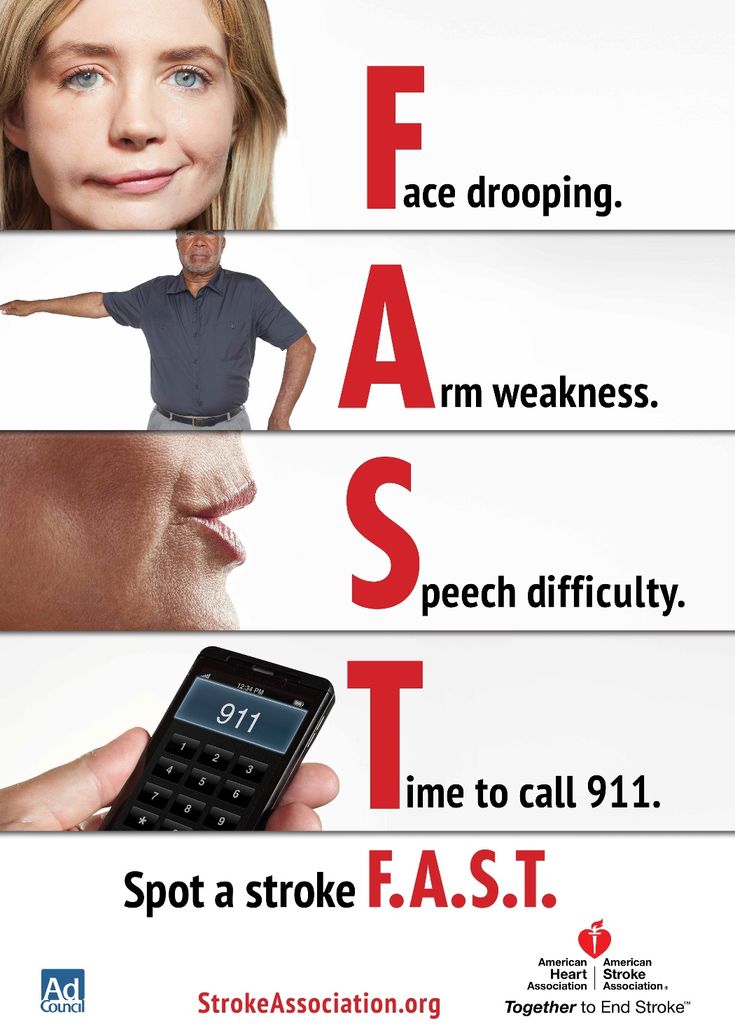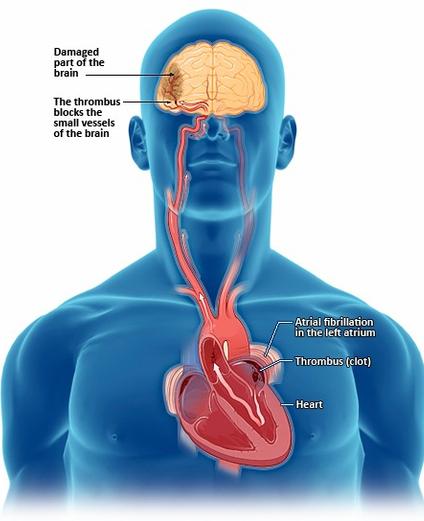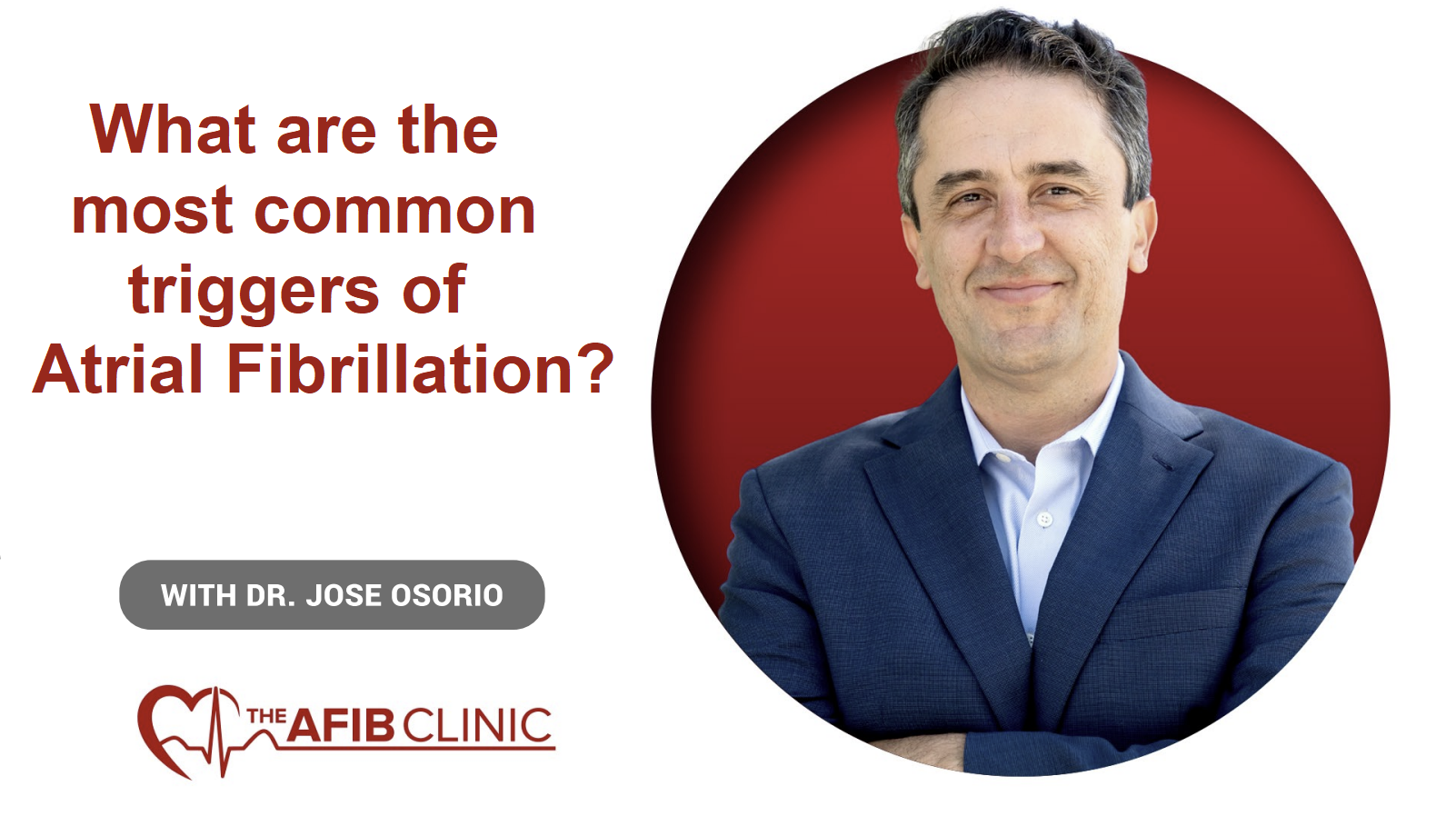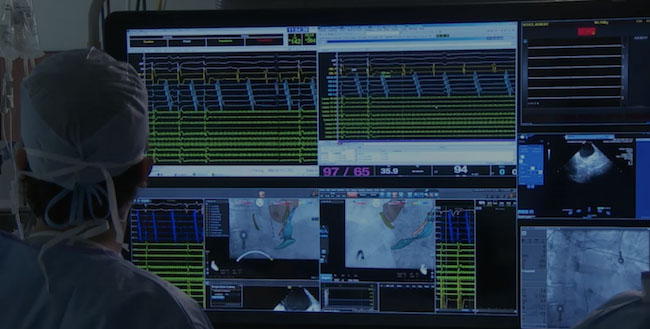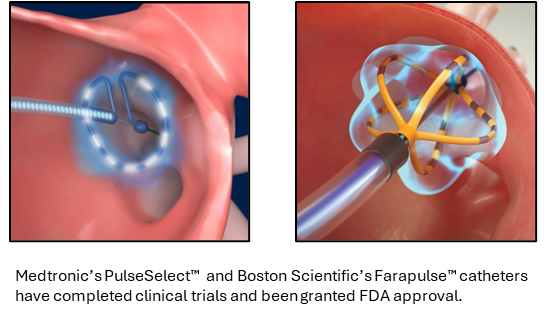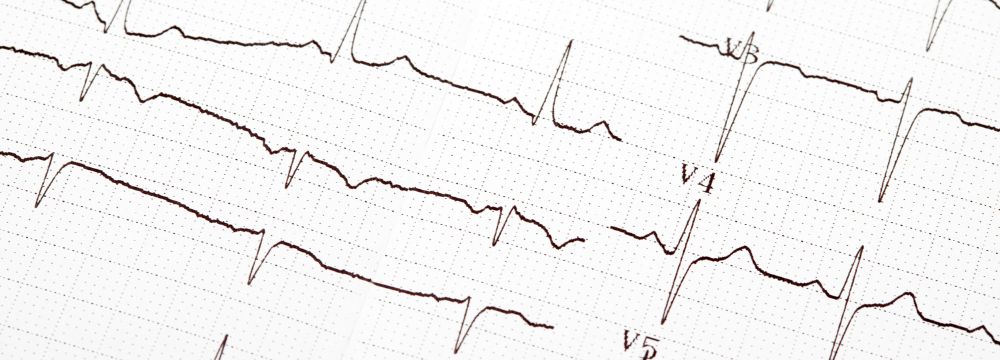Atrial Fibrillation
Atrial fibrillation (or Afib) is a condition that can impact your quality of life and cause strokes. You should learn about the condition and the options you have. When evaluating a patient with afib, there are important steps I always take:

- Type of Afib – Understand what type of afib
- QOL – Evaluate how much Afib is affecting your quality of life and our options to improve it
- Stroke Risk – Evaluate the individual patient’s stroke risk and deciding the strategy to reduce it
- Comorbidities and Lifestyle – evaluate what other medical problems and lifestyle choices may impact your afib
In this section we will discuss Stroke Risk Assessment
What is the stroke risk for patients with Atrial Fibrillation?
The CHADS2Vasc Score
To assess a patient’s risk of stroke we use what’s called the CHADS2Vasc Score. We analyze what conditions you have that are known to increase the stroke risk, adding points for each one:
C – Congestive Heart Failure
H – Hypertension
A – Age greater than 74 – 2 points
D – Diabetes S2 – prior stroke or TIA or thromboembolism (2 points)
V – Vascular disease (e.g. peripheral artery disease, myocardial infarction, aortic plaque)
A – Age 65-74
Sc – Sex category (female)
The higher your score, the higher the stroke risk. Strategies to reduce stroke risk should be individualized. Talk to your physician about it.
Atrial Fibrillation (Afib) is a condition that can impact your quality of life and cause strokes. Afib treatment should be individualized to meet each patient’s needs.
Dr Jose Osorio
Miami, FL
Read more about AFib:

